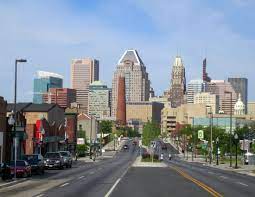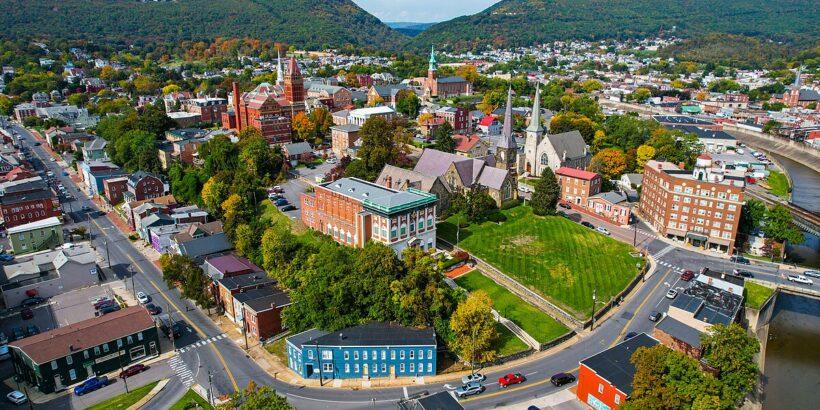Maryland, boasting picturesque landscapes and a rich history, grapples with ensuring public safety. This examination delves into the five cities within its borders exhibiting the highest crime rates. By analyzing contributing factors and proposing potential solutions, the aim is to shed light on these complexities.
Despite Maryland’s diverse population, significant federal presence, and low homelessness rate, its poverty rate surpasses the national average. This report focuses on five municipalities – Ocean City, Elkton, Baltimore, Hyattsville, and Cambridge – identified for their elevated crime rates based on 2023 data.
National Context: Maryland ranks 22nd in the U.S. for overall quality of life, excelling in healthcare and environmental aspects while encountering economic and infrastructure challenges. The cost of living exceeds the national average, counterbalanced by a higher median income. The populace is diverse, with numerous college graduates, non-white residents, and foreign-born individuals.
Ocean City: Popular with tourists, yet recording elevated crime rates (1,431 violent and 9,873 property crimes per 100,000 individuals). Contributing factors include tourist influx, drug and alcohol prevalence, and limited police presence.
Elkton: This small town experiences significant crime (1,226 violent and 5,280 property crimes per 100,000 individuals). Contributing factors include poverty, unemployment, drug trafficking, gang activity, and insufficient policing.
Baltimore: Maryland’s most populous city faces considerable challenges (1,858 violent and 4,495 property crimes per 100,000 individuals). Contributing factors include racial inequality, social unrest, corruption, and limited economic opportunities.

Hyattsville: A Washington, D.C. suburb experiencing notable crime (1,075 violent and 5,038 property crimes per 100,000 individuals). Contributing factors include urbanization, immigration, and gentrification.
Cambridge: This historic town experiences elevated crime (1,064 violent and 4,892 property crimes per 100,000 individuals). Contributing factors include poverty, segregation, and limited educational access.
Though Maryland offers abundant attractions, awareness of specific safety concerns is paramount. Through effective intervention and collaborative endeavors, the hope is for these cities to emerge as safer and more welcoming communities. Visitors and residents are encouraged to make informed choices while enjoying Maryland’s diverse offerings.
